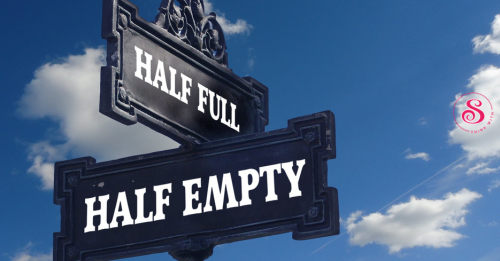Perception, in its simplest form, refers to how we interpret and make sense of the world around us. It is shaped by our personal experiences, beliefs, biases, and the information available to us. However, perception is subjective and can often deviate from objective reality. This divergence between perception and reality is a recurring theme in management literature, as it plays a vital role in organisational dynamics and interpersonal relationships.
Perception bias is the tendency to perceive ourselves and our environment in a subjective way. Although we like to think our judgment is impartial, we are, in fact, unconsciously influenced by our assumptions and expectations.
Why to understand?
This can lead to misunderstandings, conflict, and poor decision-making.
There are a number of factors that can contribute to a difference between perception and reality These include:
Communication breakdowns
When communication is not clear, it can lead to people misinterpreting what is being said or done. This can create a false perception of reality.
Different perspectives
People from different backgrounds (family and culture) and with different experiences may have different perspectives on a situation. This can lead to different perceptions of reality.
Emotions
Our emotions can cloud our judgment and lead us to see things in a way that is not accurate. For example, if we are feeling stressed or angry, we may be more likely to perceive a situation as negative than if we were feeling calm and relaxed.
Example from personal and professional life
Here are some examples of how different perspectives can lead to different perceptions of reality:
- A customer service representative and a customer may have different perspectives on a customer service interaction. The customer service representative may see the interaction as going smoothly, while the customer may see it as being frustrating or unhelpful. This difference in perspective could be due to a number of factors, such as the customer’s expectations, the customer service representative’s training, or the way the interaction was communicated.
- A manager and an employee may have different perspectives on a performance review. The manager may see the employee as being a top performer, while the employee may see themselves as being undervalued. This difference in perspective could be due to a number of factors, such as the manager’s criteria for evaluating performance, the employee’s self-confidence, or the way the performance review was conducted.
- A doctor and a patient may have different perspectives on a diagnosis. The doctor may see the patient as having a serious illness, while the patient may see themselves as being relatively healthy. This difference in perspective could be due to a number of factors, such as the doctor’s training and experience, the patient’s symptoms, or the patient’s anxiety about their health.
- A couple may have different perspectives on how to raise their children. The husband may believe in a more traditional approach, while the wife may believe in a more progressive approach. This difference in perspective could lead to conflict and disagreements about how to discipline the children, what activities they should participate in, and what values they should be taught.
- A mother-in-law and daughter-in-law may have different perspectives on their relationship. The mother-in-law may see herself as a mentor and confidante, while the daughter-in-law may see her as being intrusive and controlling. This difference in perspective could lead to tension and conflict between the two women.
- Siblings may have different perspectives on their childhood. One sibling may remember their childhood as being happy and carefree, while the other sibling may remember it as being stressful and chaotic. This difference in perspective could be due to a number of factors, such as the siblings’ personalities, their individual experiences, or the way they were raised.
How to improve?
Challenge your own assumptions
When you encounter new information, take the time to challenge your own assumptions about it. Ask yourself why you believe what you believe, and be open to the possibility that you may be wrong.
Be open to different perspectives
Try to expose yourself to different perspectives, both in your personal life and in your professional life. This can help you to see the world from different angles and to challenge your own biases.
Be mindful of your language
The language we use can reflect our biases. Be mindful of the words you use, and try to avoid using language that is discriminatory or offensive.
Educate yourself about bias
There are many resources available to help you learn more about bias. This can help you to become more aware of your own biases and to develop strategies for overcoming them.

